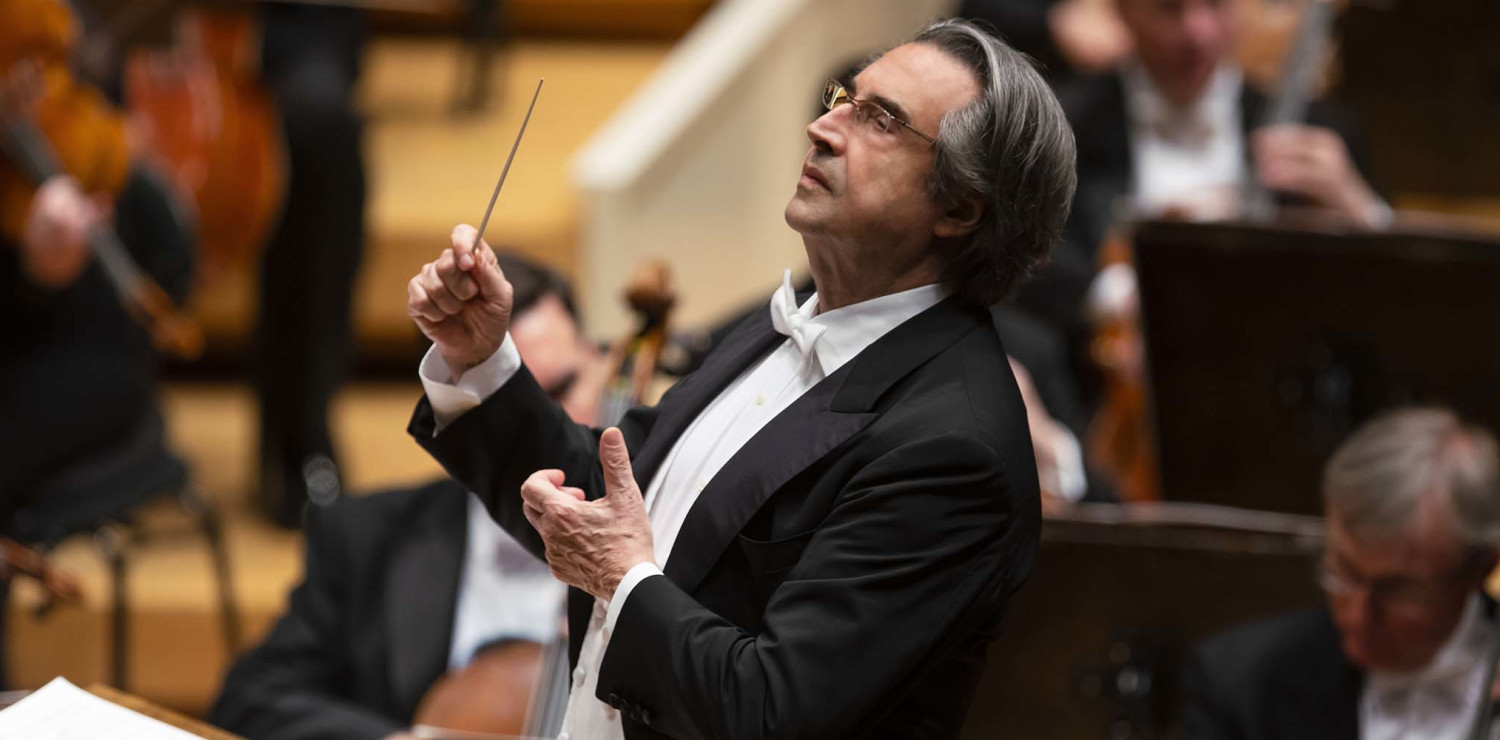Maestro Riccardo Muti and the Vienna Philharmonic Orchestra on Monday 10 May at the Maggio Musicale Fiorentino
One of the world's greatest conductors and one of the world's most acclaimed and important orchestras in a much-anticipated symphonic concert at the 83rd Maggio Musicale Fiorentino Festival
One of the world's greatest conductors, maestro Riccardo Muti, and one of the world's most acclaimed and important orchestras, the Wiener Philharmoniker, together on the stage of the Teatro del Maggio Musicale Fiorentino for the concert scheduled for Monday, May 10, 2021, starting at 8 p.m., a highly anticipated event of the 83rd edition of the Maggio Musicale Festival.
The Maestro conducted for the sixth time the last New Year's Eve concert with the Wiener Philharmoniker, a group with which he has had a deep and consolidated relationship for fifty years. The Florence concert will be the second Italian appointment of the tour of maestro Riccardo Muti and the prestigious Viennese Orchestra, which has not been in Florence since 2016.
A long, intense, rich history links maestro Muti and the Maggio Musicale Fiorentino, of which he was principal conductor and music director from 1968 (he made his debut with Svjatoslav Richter) to 1980, an experience that effectively opened - as the Maestro himself says - his international career.
The programme, entirely dedicated to three precious pages of 19th-century symphonism, begins with Felix Mendelssohn-Bartholdy's Meeresstille und glückliche Fahrt Overture op. 27, inspired by Johann Wolfgang von Goethe's poems "Calma di mare" and "Viaggio felice".
We continue with Robert Schumann's Symphony No. 4 in D minor op. 120, which was begun on 30 May 1841, completed on 9 October of the same year and performed for the first time on 6 December 1841 at the Gewandhaus in Leipzig, where it received very modest acclaim (also because it was "overshadowed" by a performance on two pianos the same evening by Liszt and Clara Schumann).
In conclusion, Johannes Brahms' Symphony No. 2 in D major, Op. 73, was published in the summer of 1877, on the shores of Lake Wörth, surprisingly quickly compared to his previous symphonic work. While the First Symphony was hailed as the 'Tenth Symphony', alluding to Brahms's Beethovenian heritage, the Second was called 'pastoral' for its predominantly lyrical and melodic character, but also 'Viennese' for its use of waltz rhythms in two of the four movements.









